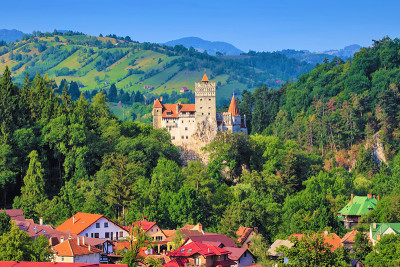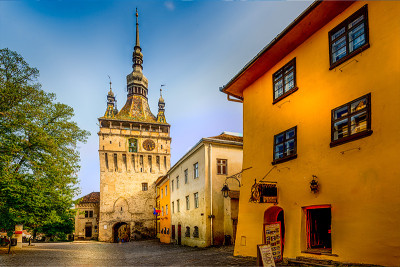If you’re planning to visit Romania, you should also schedule a trip to Bucharest. The city offers plenty of fascinating attractions. We have prepared a list with the most interesting tourist attractions in Bucharest.
Palace Of The Parliament
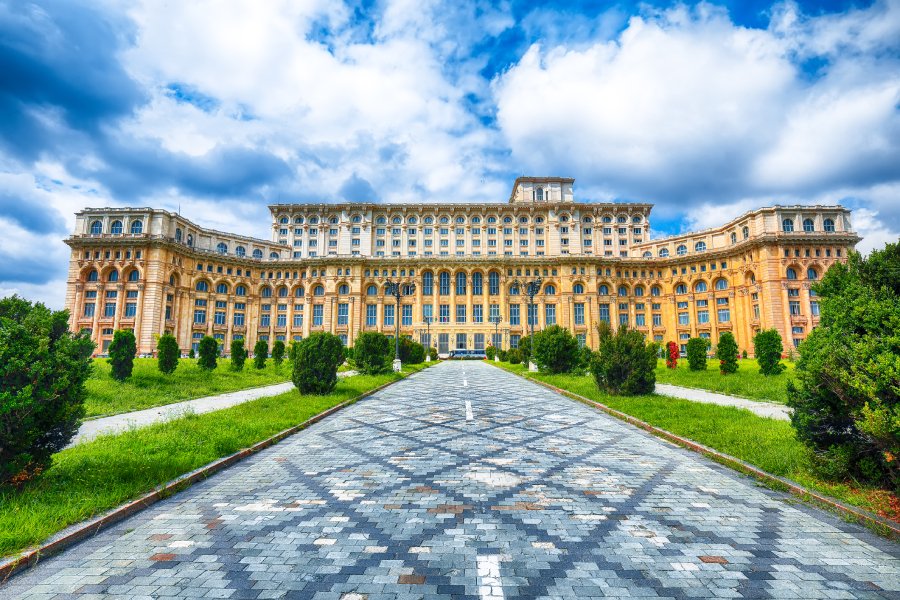
The Palace of Parliament or The People’s House is one of the most impressive and imposing construction in the world, being the second largest administrative building after Pentagon and the world’s heaviest building.
The colossal construction was completed in record time (between 1983 and 1989) and was erected on the site of some monasteries that were demolished. A team of approximately 700 architects and about 20,000 workers were part of the project.
It has remained the most contested building in Romania ever since it was inaugurated. Over time, many have thought to turn the building into a museum of communism, a mall or even a huge casino.
The Palace of Parliament is open for visits daily, guided tours being organized many times a day.
The Romanian Athenaeum
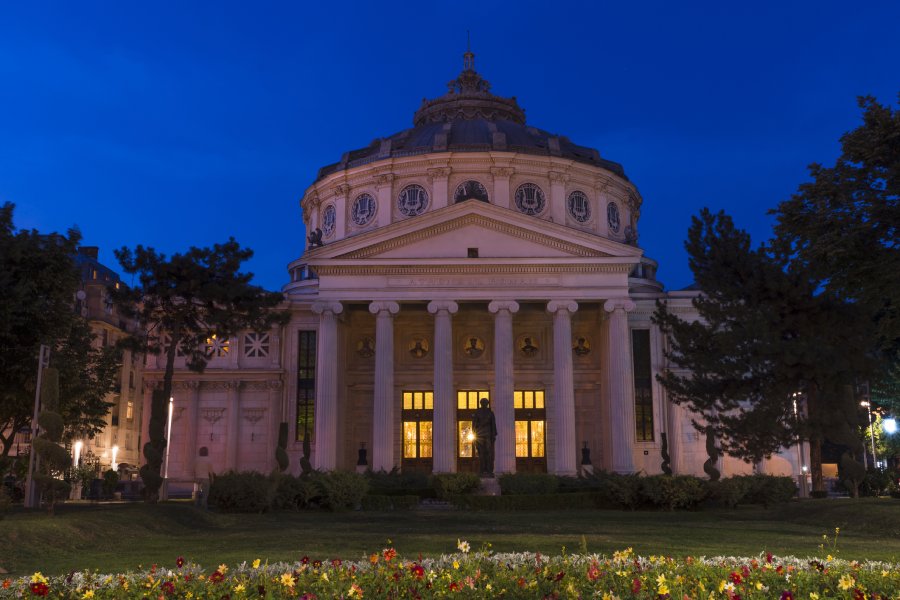
The construction was inaugurated in 1888 and was financed almost entirely with money donated by the citizens through the campaign “Give a penny for the Athenaeum”.
Recognized as a symbol of Romanian culture, the building is the city’s most prestigious concert hall and home of the “George Enescu” Philharmonic.
12 columns that support the concert hall can be found in the impressive marble lobby on the ground floor. The baroque spiral stairs, made of Carrara marble, connect the halls and the offices, the rehearsal rooms, and so on.
The concert hall is located on the upper level, has almost 1,000 seats and perfect acoustics, the Romanian Athenaeum being one of the most successful constructions in the world from this point of view.
Romanian Peasant Museum
.jpg)
The National Museum of the Romanian Peasant is one of the most diverse museums in the European family of the Museums of Folk Arts and Traditions. The museum is famous for its collections of more than 100,000 objects.
The building housing the museum was completed in 1941 and was designed by N. Ghica-Budesti. Since the museum was reopened in February 5, 1990 it functions in a neo-Romanian style building, listed as a historic monument.
It was declared European Museum of the Year in 1996.
Exhibits of traditional folk costumes, carpets, fabrics, furniture, icons, ceramics and other artifacts give visitors insight into the life and traditions of the Romanian peasants. A wooden church representing a historical monument of the eighteenth century was relocated in the courtyard of the museum in 1992.
Old Town Bucharest
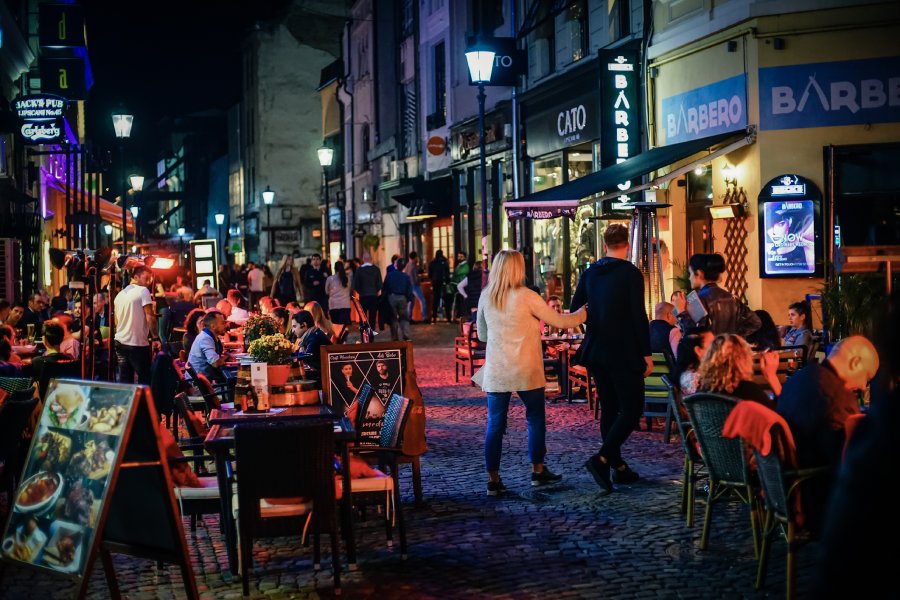
The story of Bucharest Old Center begins around 1600, when the first inns and shops were opened in the area.
One of the oldest streets in Bucharest Old City which has kept its historical heritage is the French Street, paved with oak beams in 1692. At that time the area was frequented by merchants who brought their goods from Leipzig, Germany or Gabrovo, Bulgaria. Hence the names of the streets of Lipscani and Gabroveni.
A slow renovation process was undertaken after 1990. Today the Old Town is one of the main tourist attractions in Bucharest. The area is home to restaurants, trendy clubs, art galleries, antique shops, coffee shops and souvenir shops.
Cismigiu Garden
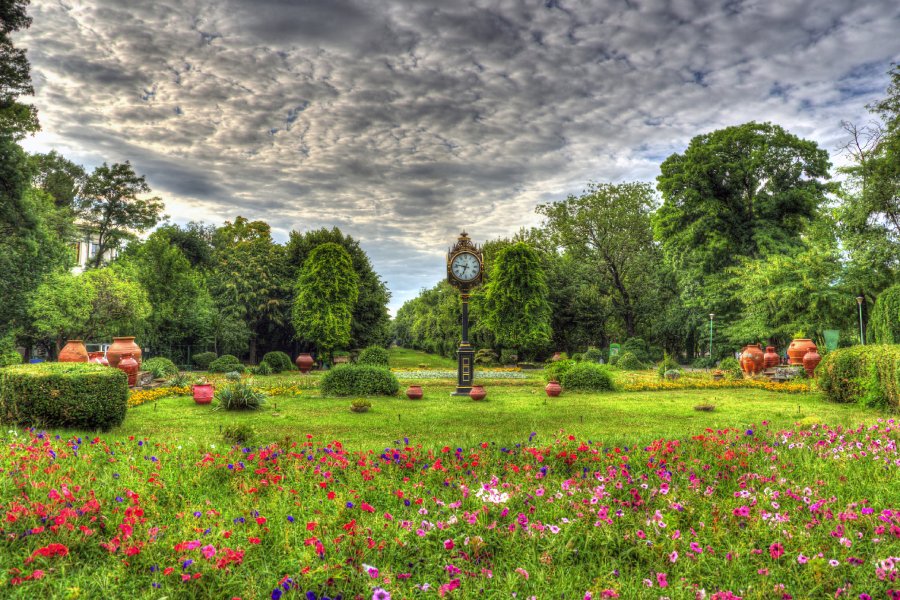
Cismigiu is the oldest garden open to the public in Bucharest. The word “cismigiu” comes from Turkish “Cesme”, meaning public fountain. The park was designed following the English gardening style and was completed in 1854.
Cismigiu Garden has become a symbol of Bucharest due to its romantic air reminding of the charm of “Little Paris”. The main attractions of the park are the lake and the pier with rowboat rentals and hydro-bicycles, the rose garden, the Roman circle, the statues or the spring of Eminescu.
Herastrau Park
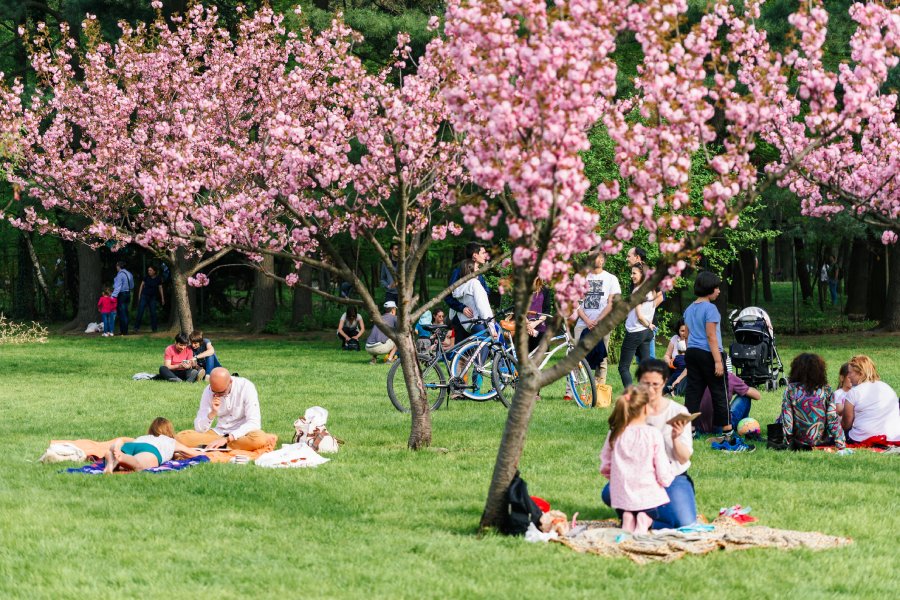
The work for the creation of Herastrau park began in 1936 and has been long known as Carol II National Park. Since the 17th century it is the largest park in the capital, representing one of the main attractions.
It is a quiet area reserved for recreation and entertainment with sports grounds and facilities, restaurants, playgrounds for children, coffee shops. A ride around the lake on the ferry will allow you to enjoy the amazing landscape.
The main attraction of Herastrau park are the rich flora and areas like the Japanese Garden, the Rose Island, the Expo Flora area.
Grigore Antipa National Museum Of Natural History
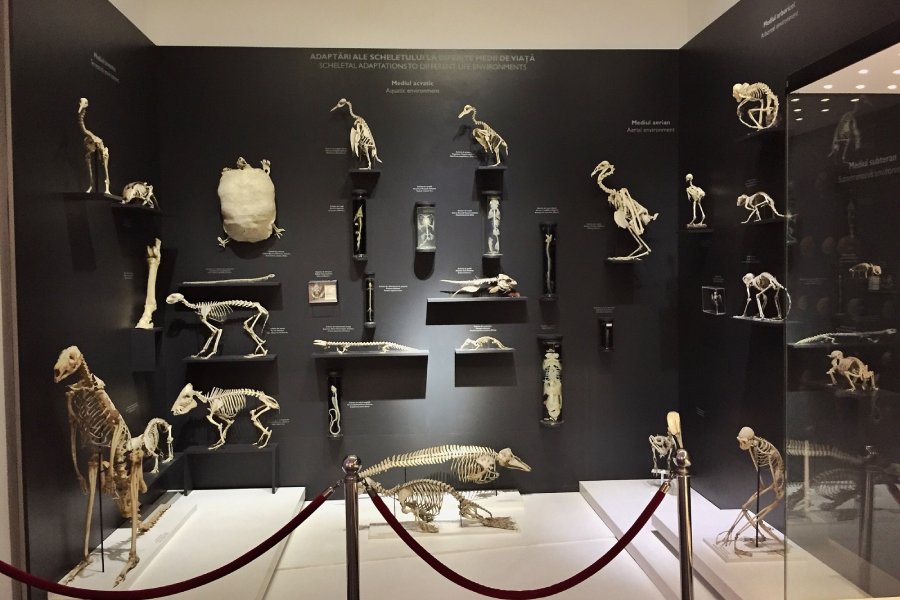
The Grigore Antipa Museum is the largest natural history museum in Romania, located on Kiseleff Street, housing amazing collection of butterflies, reptiles, birds, fish, sea life, including a dinosaur fossil.
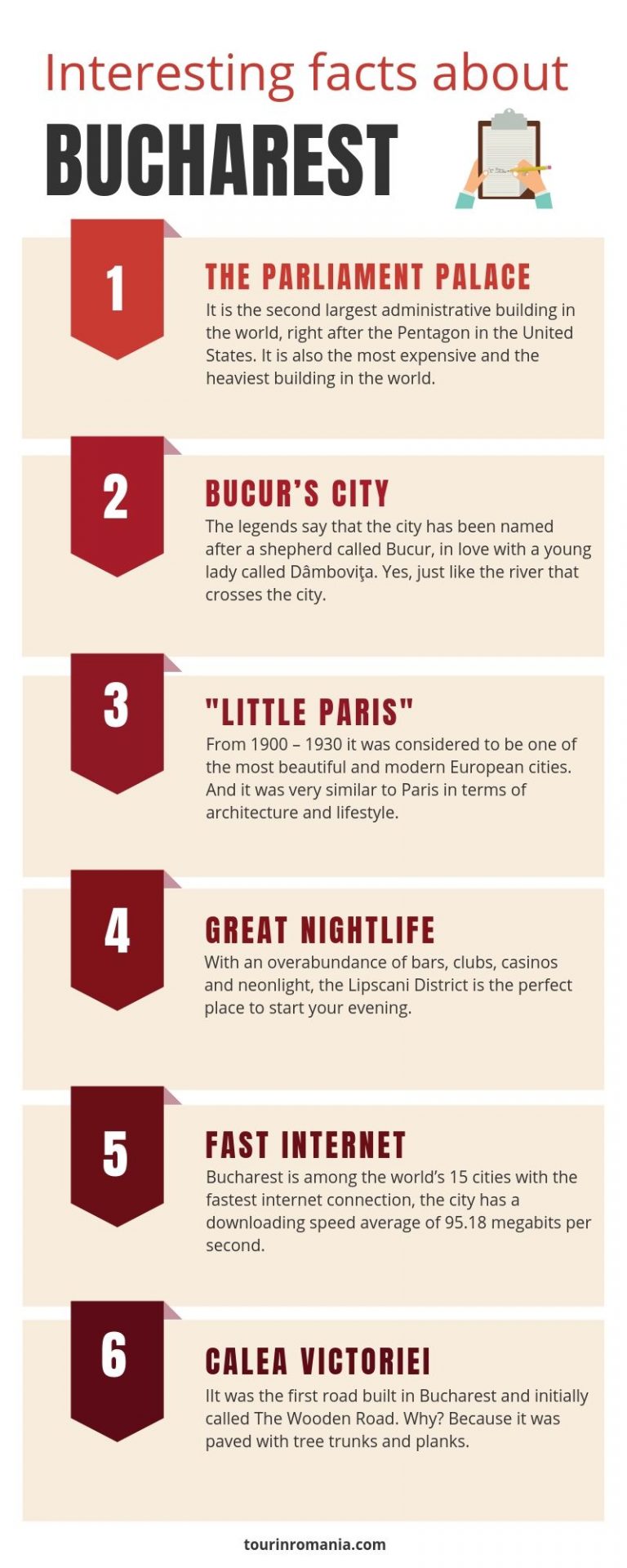
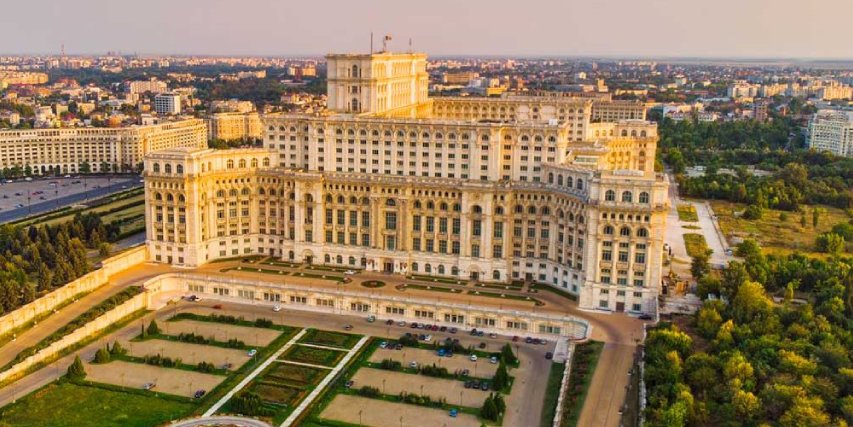
 ES
ES
 IT
IT
 DE
DE
 FR
FR
